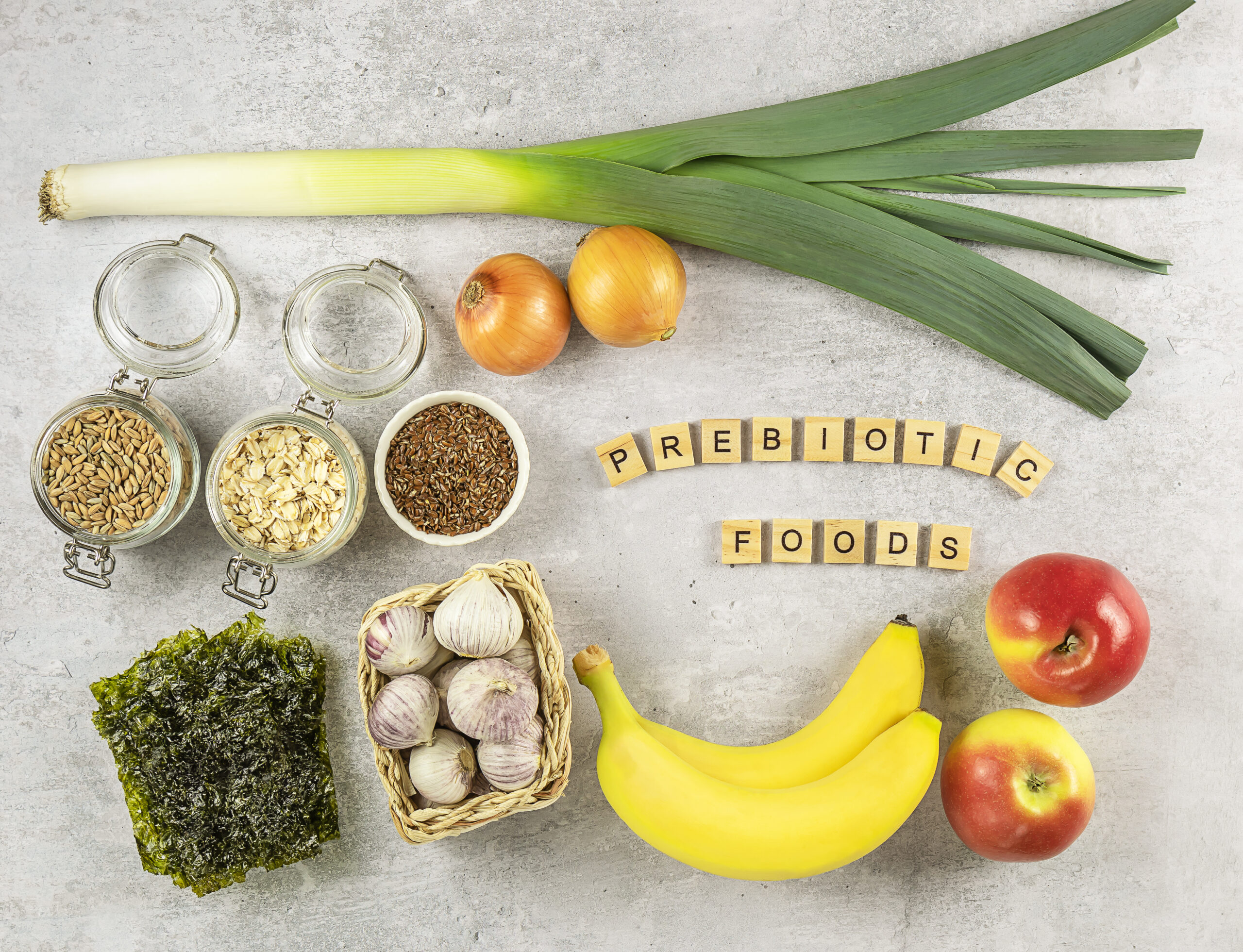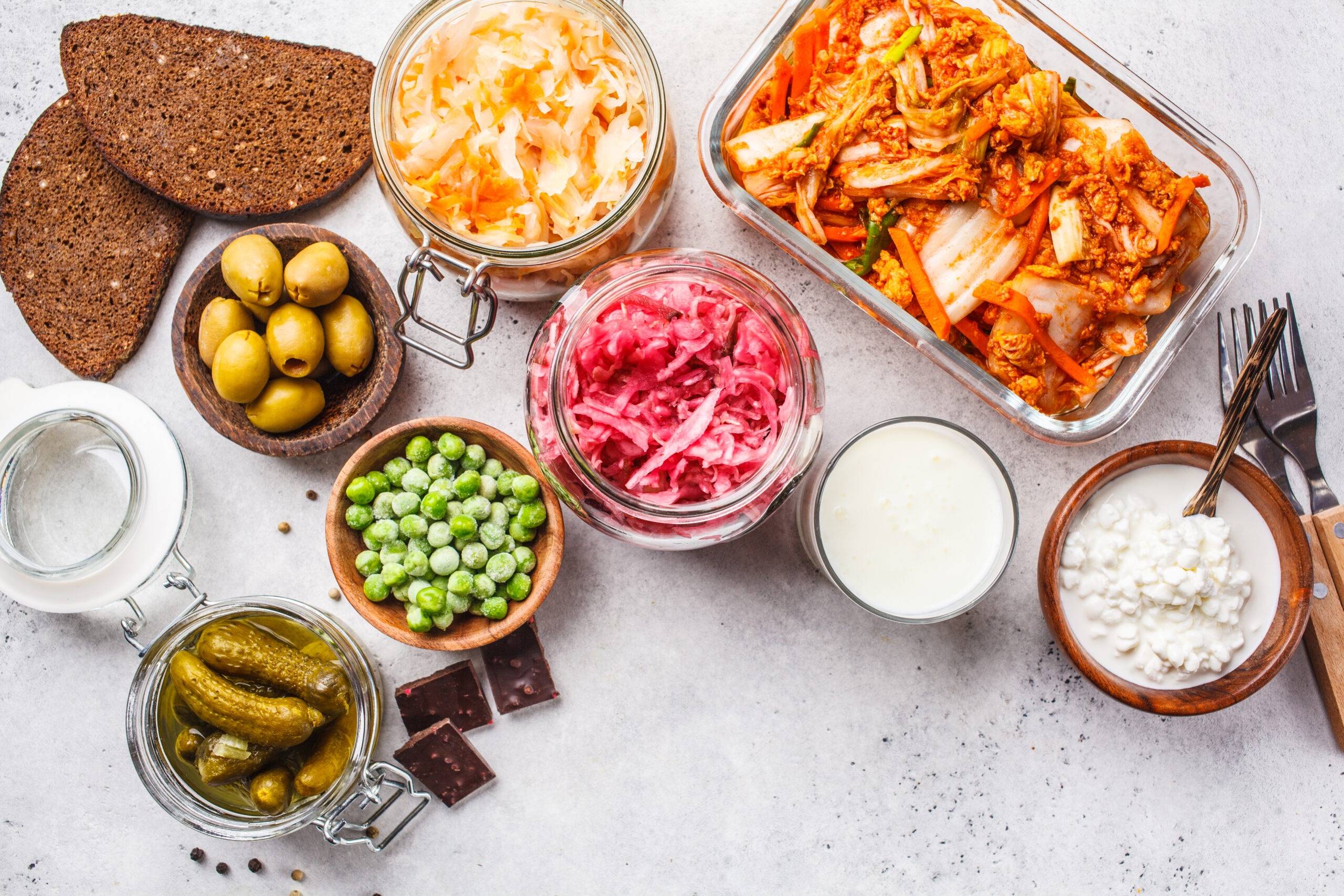Your attendees want them, here’s why
You’ve spent months planning the program. The keynote, the panelists, the breakout facilitators—all carefully chosen and prepped. At last, it’s showtime. But something is amiss. Or missing. The spark has left the building.
Maybe it was the breakfast.
There is mounting science that two categories of food are especially important when it comes to overall well-being and alert cognition. Health-conscious members of your groups may request them, and you’ve most certainly heard of at least one of them: probiotics. Its partner on the brain-healthy menu: prebiotics.
They’ve been called the good guys in your gut and the food that feeds them. Probiotics are microorganisms such as beneficial bacteria. Prebiotics are their fuel. Collectively, they constitute what’s known as the gut microbiome, trillions of tiny organisms that live in our digestive systems.
They’re often touted as important supporters of good digestive health and a strong immune system.
Read More: Yes, Health Is Still Trending
But they affect all of us—you, your team, your attendees—in other, more surprising ways. Here’s what John Hopkins Medicine had to say recently: “If you’ve ever ‘gone with your gut’ to make a decision or felt ‘butterflies in your stomach’ when nervous, you’re likely getting signals from an unexpected source: your second brain. Hidden in the walls of the digestive system, this ‘brain in your gut’ is revolutionizing medicine’s understanding of the links between digestion, mood, health and even the way you think.”
“They’re the good guys in your gut and the food that feeds them.”
Scientists call this second brain the enteric nervous system, and it’s comprised of two thin layers of more than 100 million nerve cells lining our gastrointestinal tracts.
So, the next time you make F&B selections for an upcoming gathering, here’s what those “second brains” thrive on.
Probiotic Superfoods
Fermented foods are trending, so you can be cutting edge while helping attendees have a better meeting experience. They head up the list of probiotic-rich menu items. On breakfast buffets, yogurt, which is cultured, is the most familiar probiotic choice. Another less well-known but increasingly popular choice is kefir. Be sure packaging says “live and active cultures”—most commonly, lactobacillus and bifidobacterium.
Other probiotic workhorses include sauerkraut, pickles, kimchi, miso, tempeh, sourdough bread, some cheeses and kombucha. Somewhat like lime juice “cooks” the seafood that becomes ceviche, beneficial microbes “cook” cucumbers into pickles and cabbage into sauerkraut. But again, be aware: pasteurizing, common among packaged versions, kills the probiotic effect.
Prebiotic Superfoods

Prebiotic foods feed and strengthen the good bacteria that live naturally within us. They are carbs the body can’t digest in the stomach, so they pass through to be fermented by probiotic microbes further down the journey. Foods rich in what’s called insoluble fiber include many whole grains, fruits—apples and greenish bananas are great—as are vegetables like onions, artichokes, asparagus, leeks and cabbage. Mushrooms and chickpeas—hummus, anyone?—are excellent sources, too.
Read More: Best Food Cities Across the Globe
You’ve no doubt seen ads for pre- or probiotic supplements sold at grocery and vitamin stores. Know that they are not regulated, so their actual benefits are uncertain. At your events, you can truly be sure by dishing them up on your attendees’ plates.
This article appears in the July 2024 issue. You can subscribe to the magazine here.




